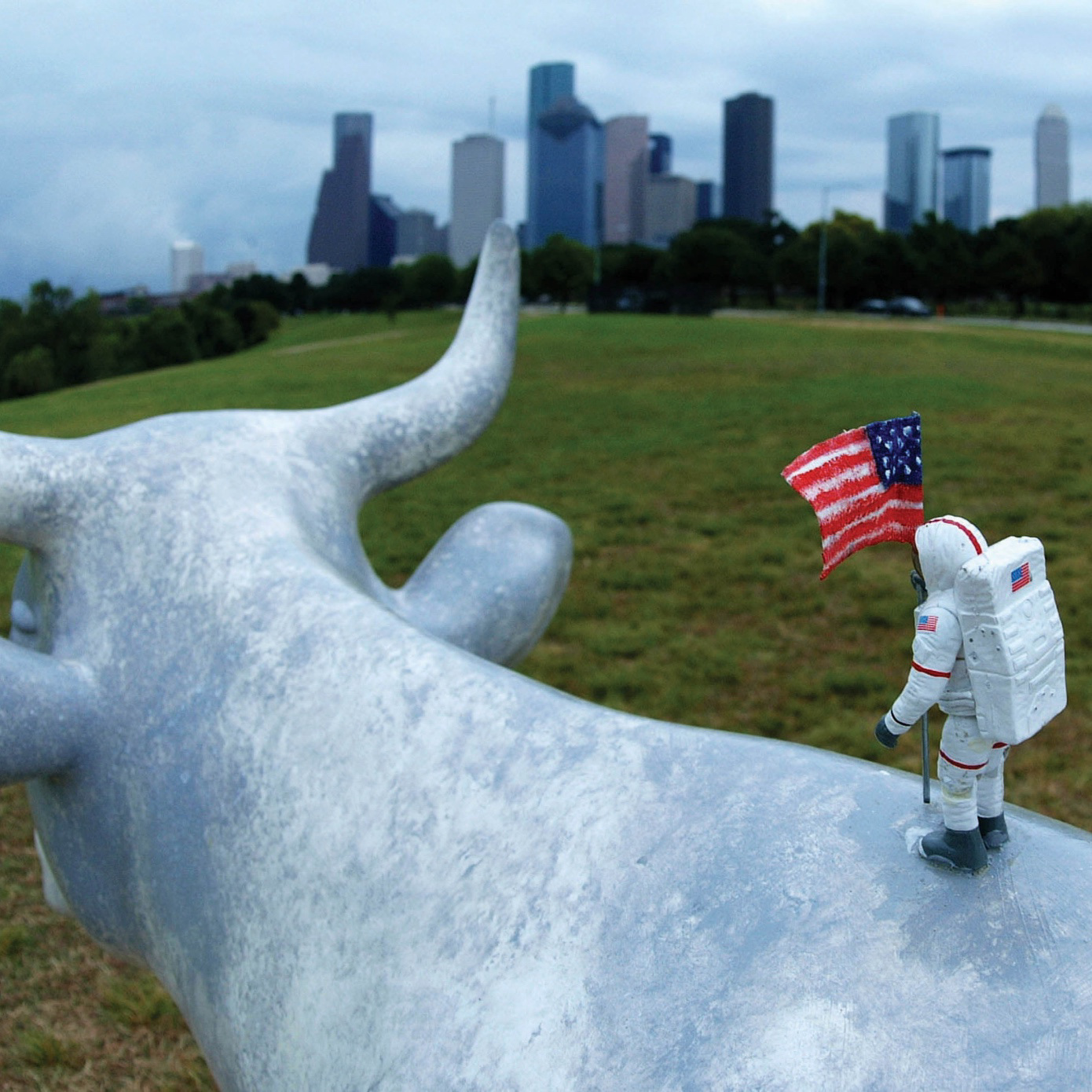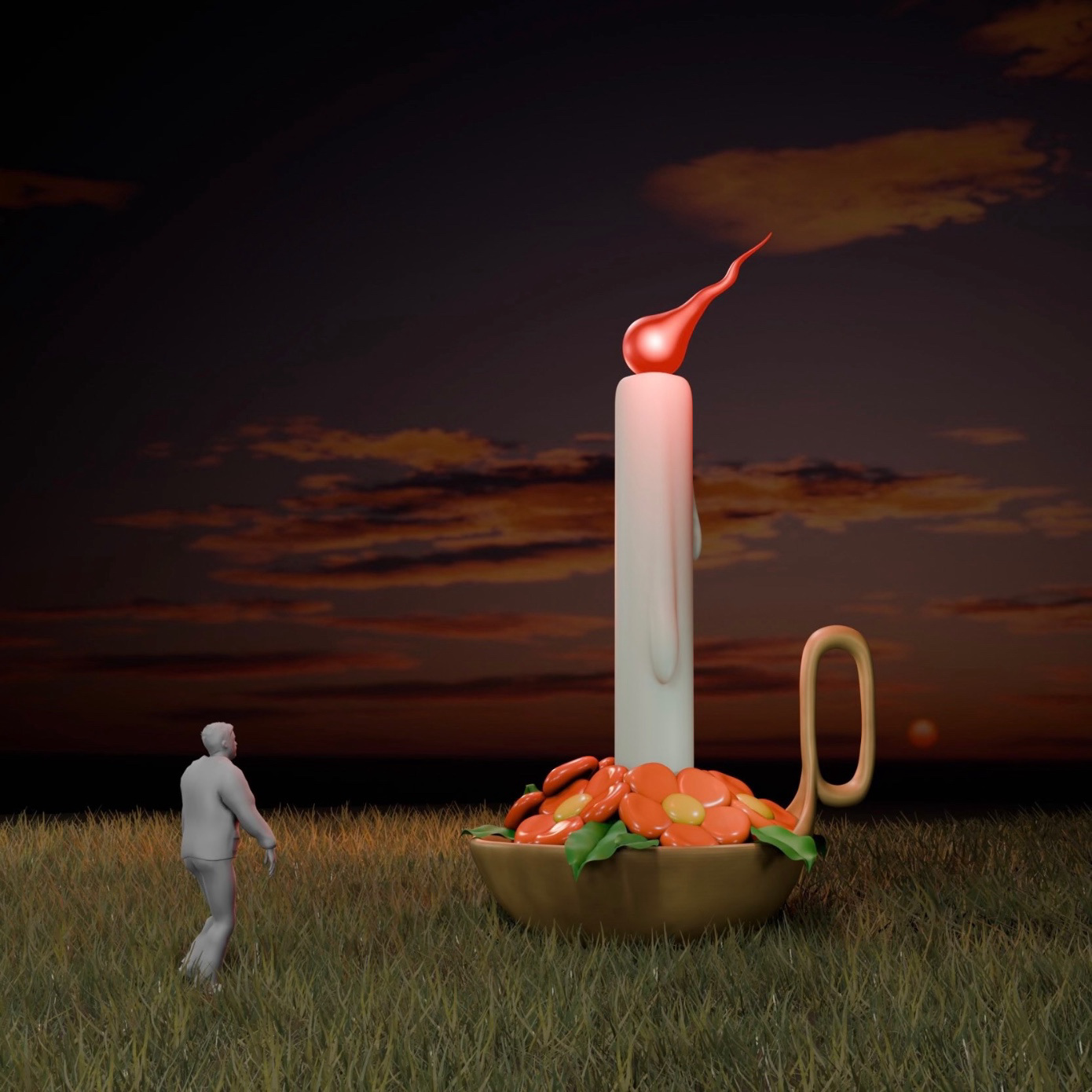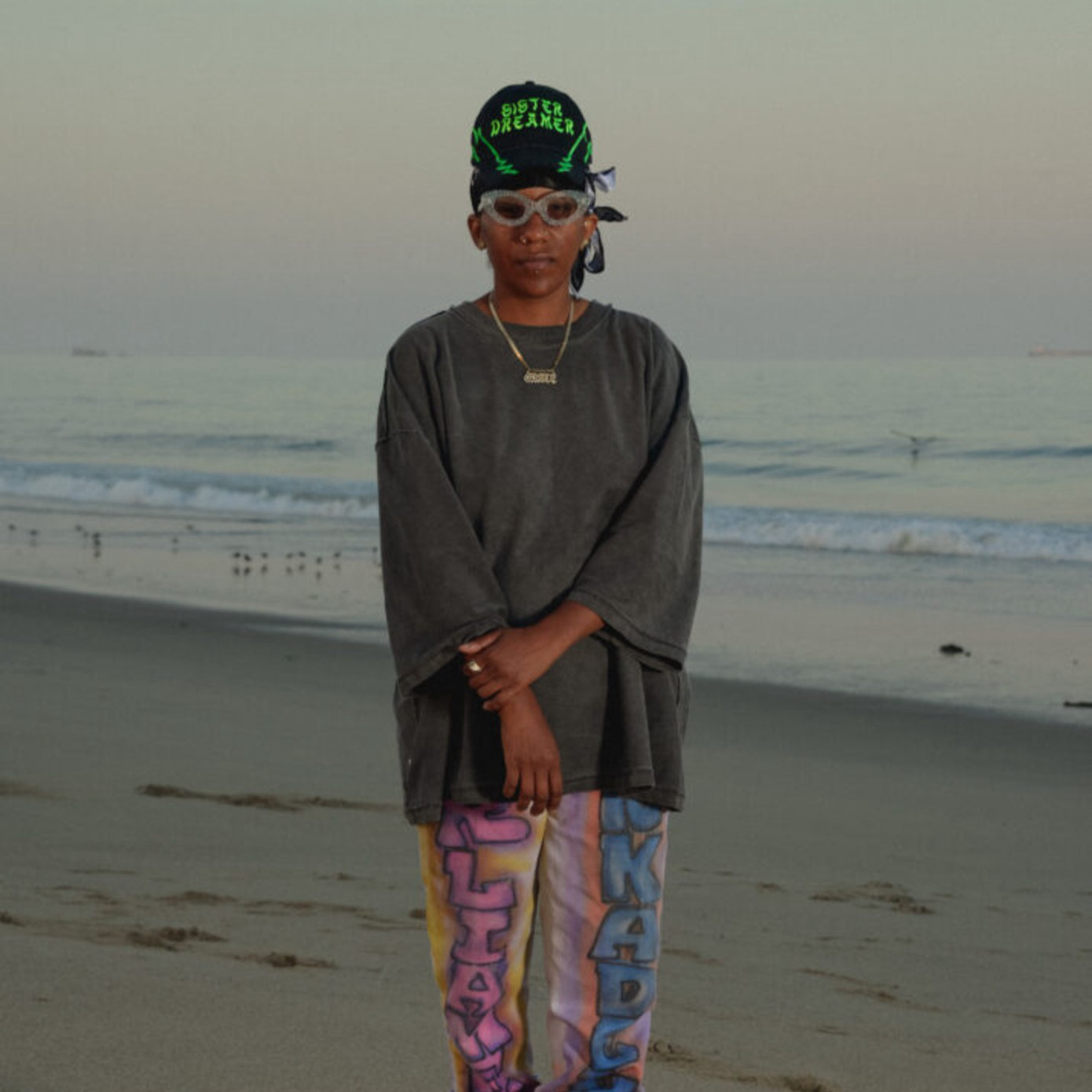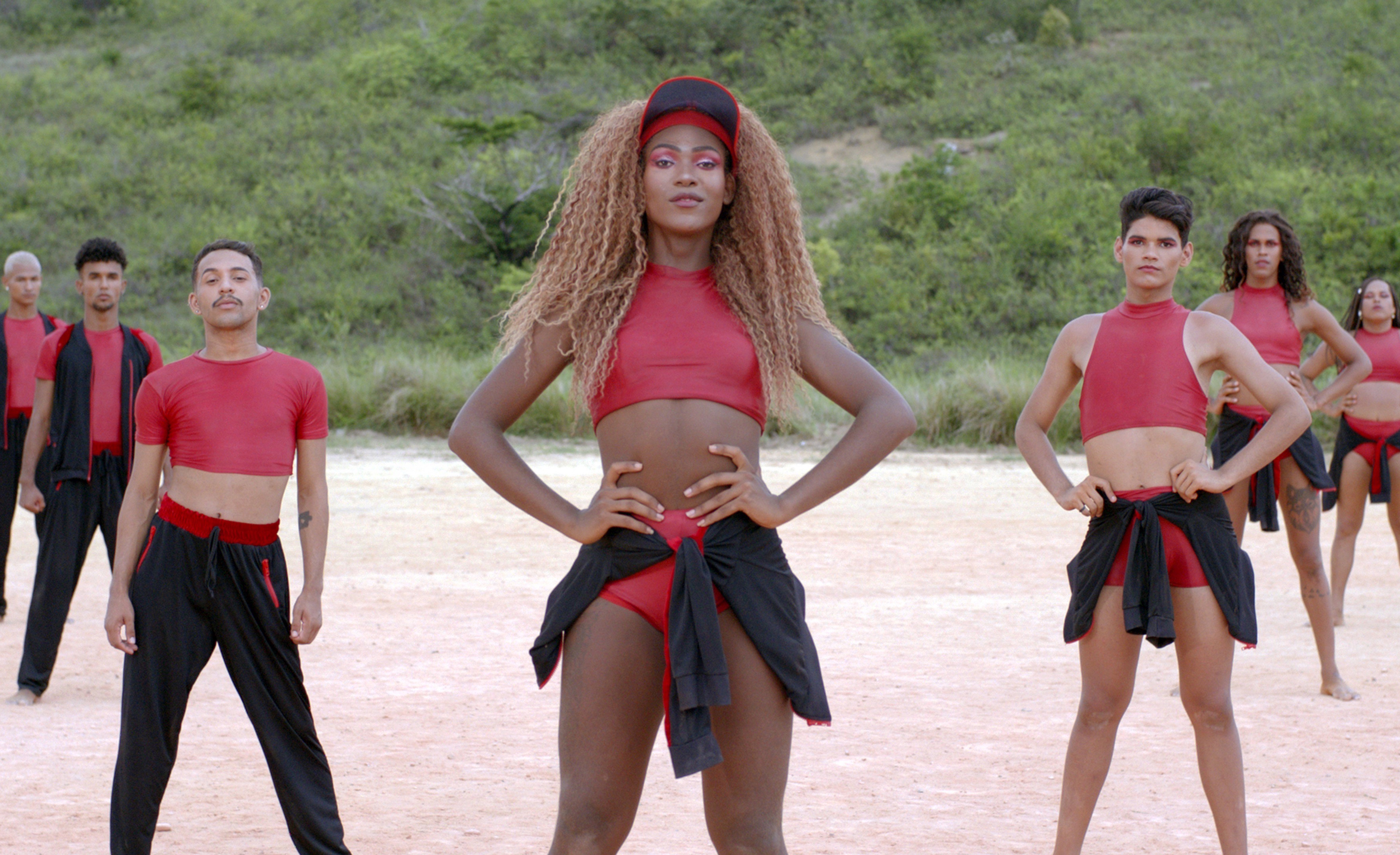
Bárbara Wagner & Benjamin de Burca | Brazilian Pavilion For all intents and purposes, the pavilion is a now a dance hall that reverberates with the joint genius of artist duo Bárbara Wagner and Benjamin de Burca. Once you walk in the door, you can feel the music of Swinguerra, which grows louder as one progresses from glossy, static images of choreography to the real thing. The two-sided video that occupies the furthest salon forces the viewer to give themselves over to the action as their attention is pulled between the opposing screens and one beat.
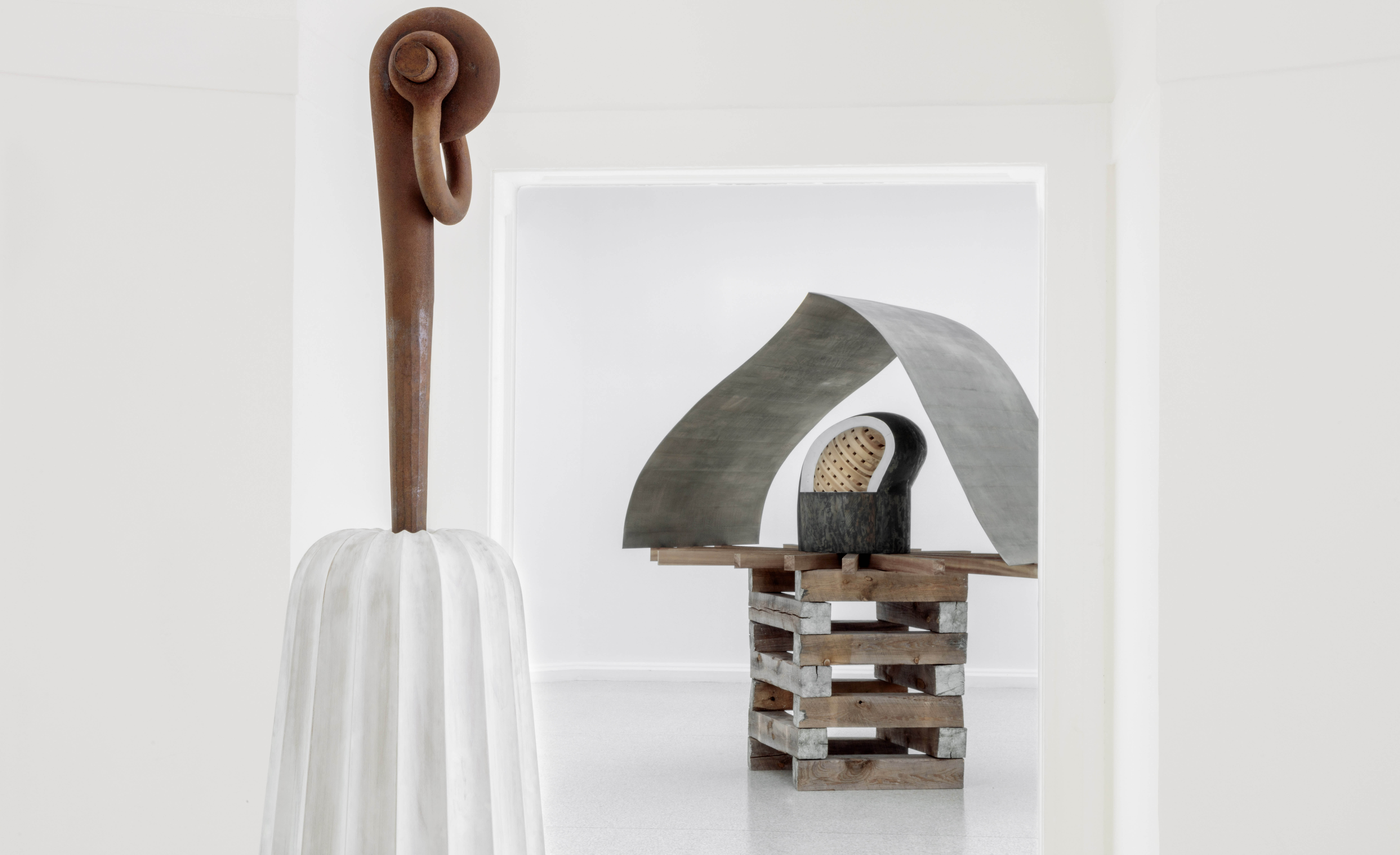
Martin Puryear | American Pavilion Mark Bradford’s red bombastic goo is gone and the pavilion almost feels like a temple, with Martin Puryear’s pared-back forms paced throughout its hallowed halls. The breathtaking pause comes in the rotunda for “A Column for Sally Hemings,” a site-specific work dedicated to the African American slave owned by former President Thomas Jefferson, who also mothered several of his children. A meditation on the pavilion’s Renaissance era, architectural aspiration and its relationship to Jefferson’s Monticello, the sculpture stakes its claim literally in the whitewashed colosseum.

Laure Prouvost | French Pavilion Darling, don’t go in the front door because the entrance is actually in the basement—through the jungle of the Giardini. And when you get upstairs, please be careful where you step because there are pigeons here, as well as seashells and cell phones embedded in the watery floor. The next room is a cinema where we will sit together, cowering in the damp darkness discussing the underwater world—all this to say that when you leave, you’ll be wet no matter what.
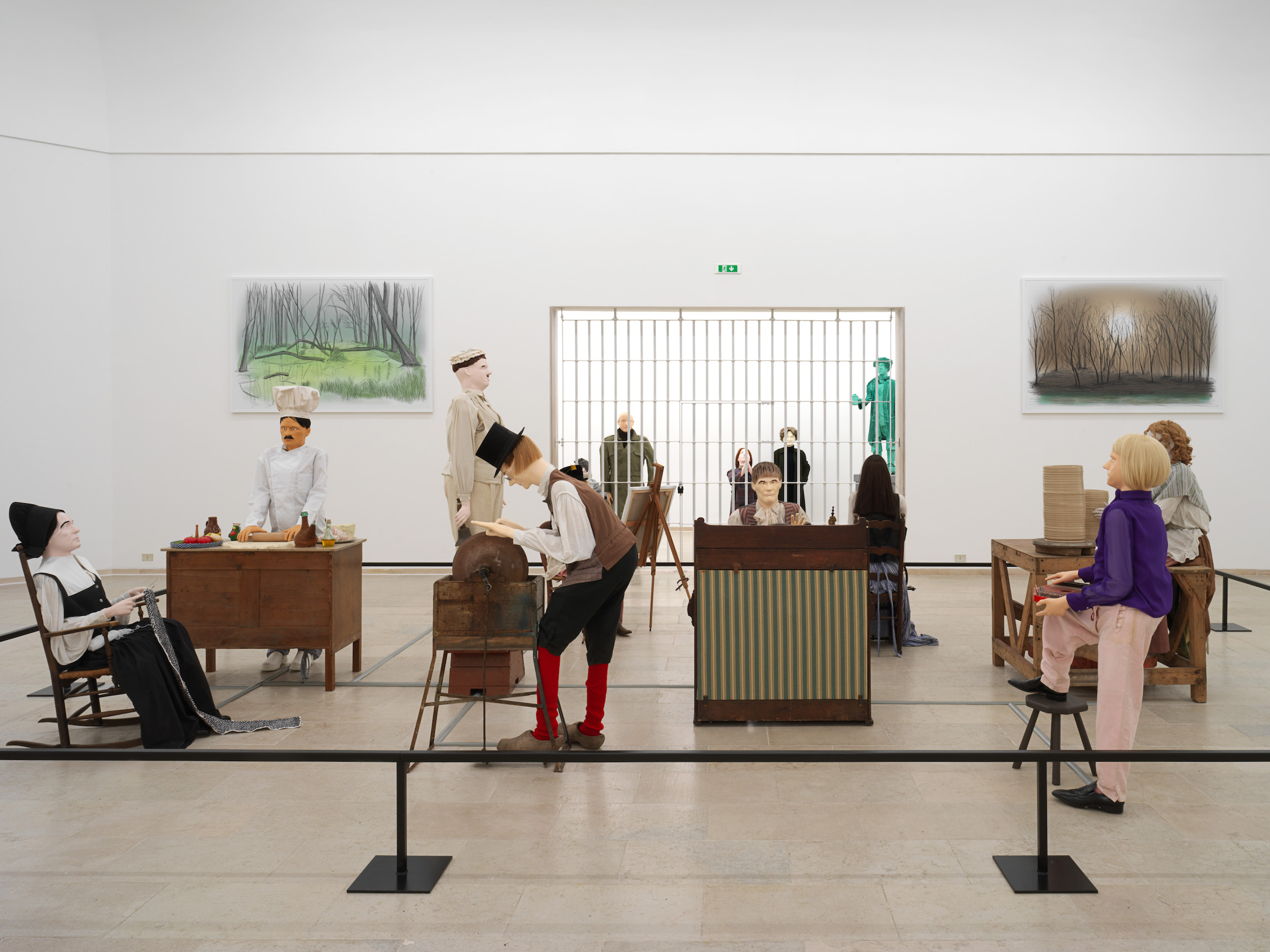
Jos de Gruyter and Harald Thys’s MONDO CANE | Belgian Pavilion The scene calls to mind Disney’s A Small World with its mannequins in concerted motion. Some are together in a town square, while others shake and shutter behind barred doors. Humans circulate around observing the action as if they weren’t a part of the scene, but of course they are.
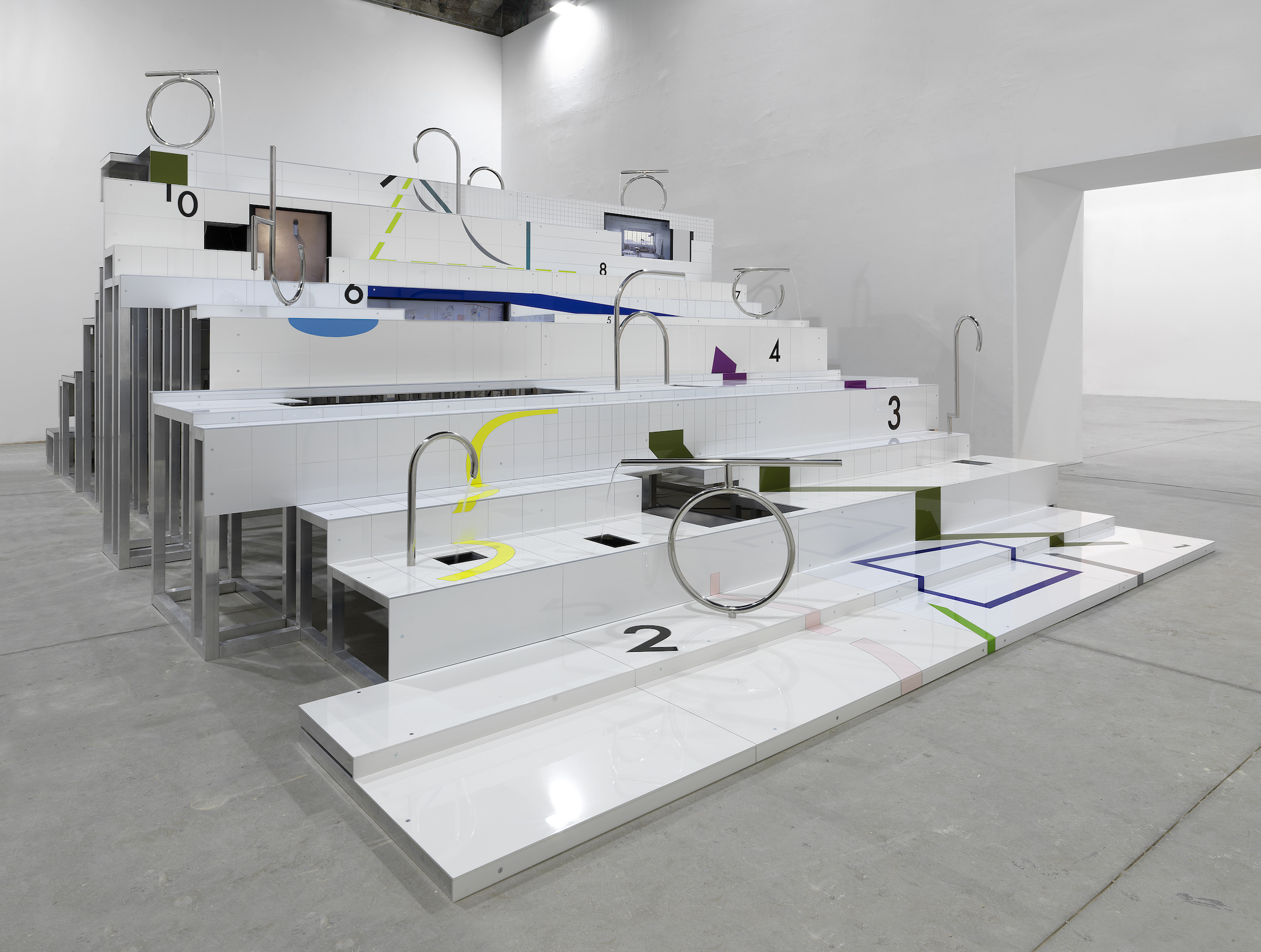
Anna K.E. | Georgian Pavilion The faucets are always running. Ass-backwards, we walk around the artist’s studio as she bumps and bruises into the ephemera of art making until exhaustion. We are invited to join her by ascending the stairs to nowhere, and the view from the top is as sweet as promised.
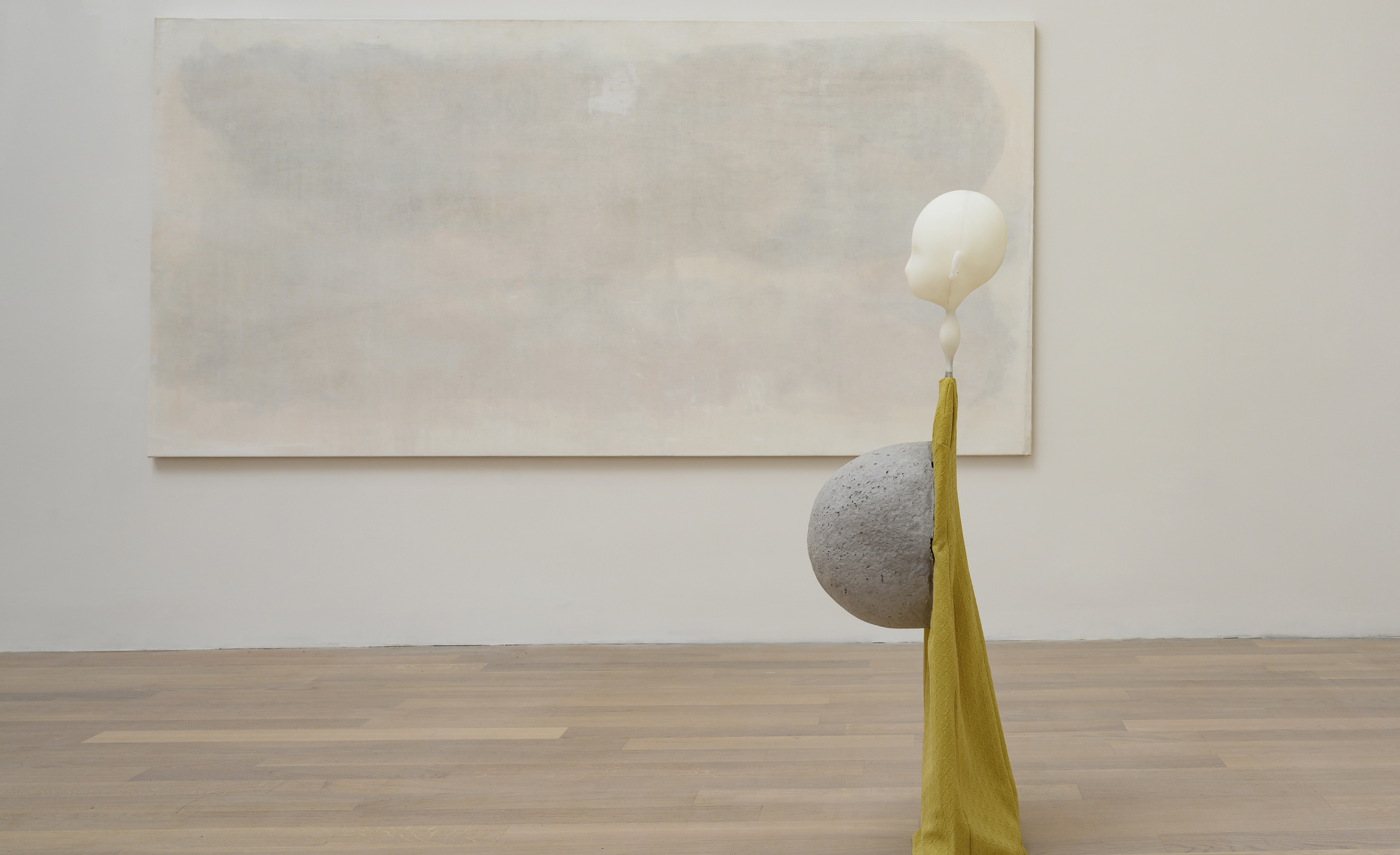
Cathy Wilkes | British Pavilion With almost nothing, Cathy Wilkes gets to the root. She does not want too many visitors at a time, so we wait on the steps to visit her shrine. The objects she presents us are sometimes found, and sometimes fabricated but they all speak to the poetry between the object and subject—the way the interior lives of inanimate reflect back our own complications.

